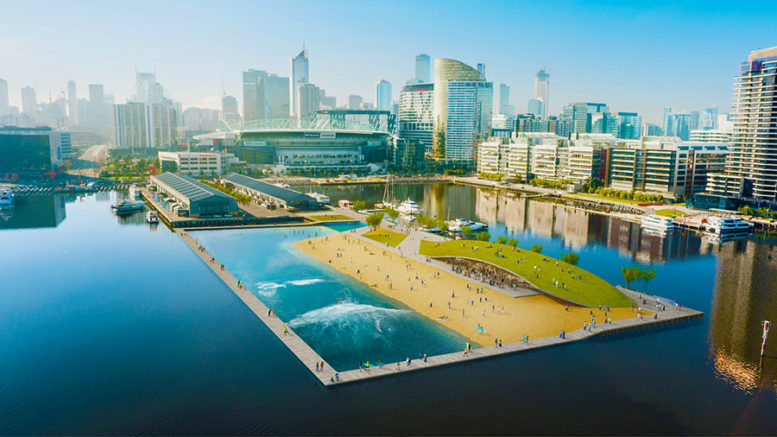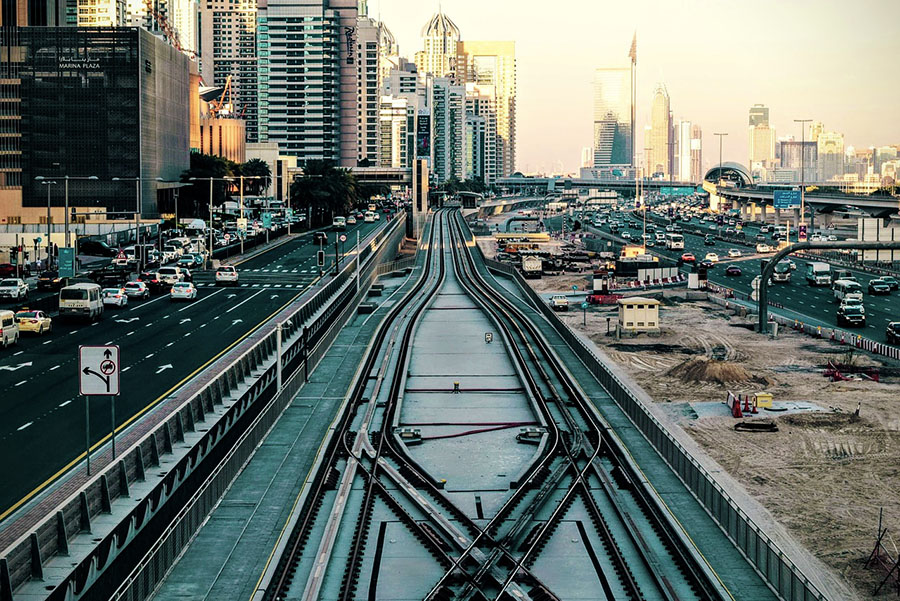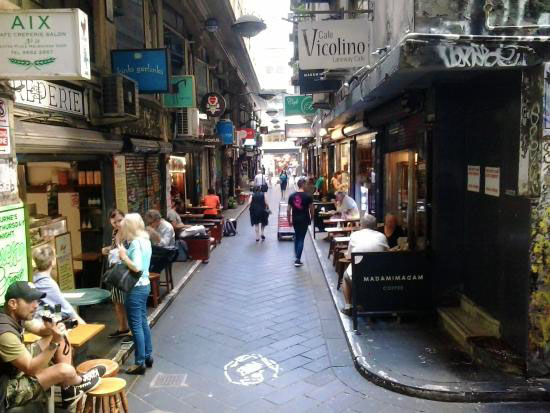Contributed by Glen Davis
Globally, there are more of us, 7 billion in recent count, who are living longer. The population of Australia has just passed 25 million. In Melbourne, we’ve nearly reached 5 million, 20 years ahead of forecast.
Over the last decade, Melbourne’s population grew by around a million. Victoria, and Melbourne, are the fastest growing part in Australia.
Aspects of contemporary Melbourne reflect modern cities, with a shift towards hyper- density, driven by urban development, as a way of putting surplus capital to work. Developers use credit to build big streets and new locations.
There’s also the sad sight of so many homeless going to where resources are central.
So how should our city look? Can’t we do better? Let’s not get trapped in the Malthusian nonsense of being too big and not sustainable. Let’s have ideas and plans to meet the needs of a growing population.
Adequate housing for all who live in the city is obviously needed. so is the need to conserve and re-use the limited supply of water, as well as recycle waste.
But this is not all. What about concepts such as building clusters and concourses, beyond the rambling suburbs? Linking the clusters and concourses would help create a more inclusive and accessible city.
These clusters may be situated along a linear spine, with well resourced transportation allowing easy commuting. When talking about transport it is important, to talk about accessible, modern modes of transport, not just about pushbikes. Sate of the art train, tram and bus services are vital. So is clean road transport that does not burn fossil fuel.
Melbourne is still a long way from achieving these. Privatisation of the transport system has not worked. Although there has been some expansion of networks, they are not keeping up with the growing population and the roads are heavily congested.
Should we be building a city premised on working longer? With the increase in technology we should work less. Instead of just looking at where people work, shouldn’t the shape of the city reflect an increase in access to leisure, recreation, also education and learning?
We need green expanses, also recreational areas. The Commons is important. Parklands, sporting arenas, a central square(s). All of these are pivotal in creating a city.
They can all lead to increased social activity and participation.






Be the first to comment on "What should a future Melbourne with more people look like?"